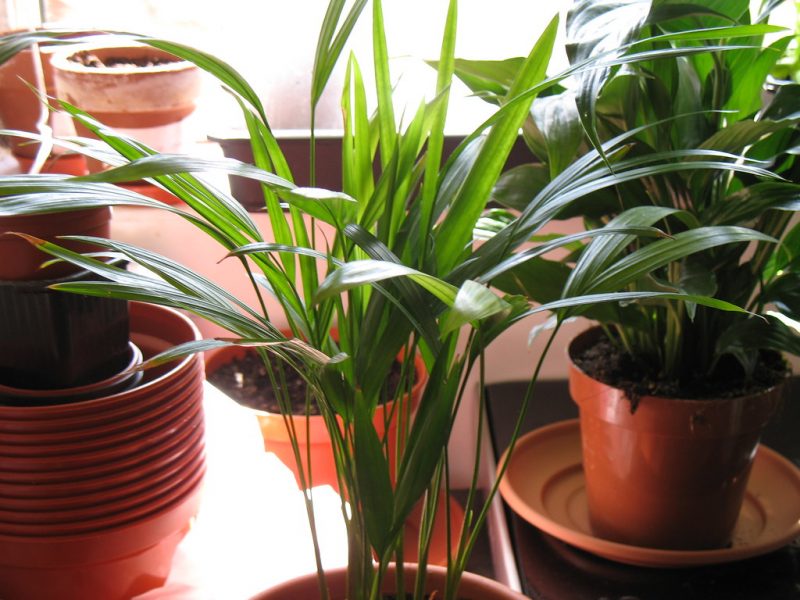5 Tips Every Good Gardener Needs To Know
Whilst many new gardening techniques, tips, products, tools, and equipment are introduced on a regular basis, there are some solid basics that every good gardener should know. Regardless of whether you are an expert or a beginner, having a healthy and lush garden can take some time and effort to achieve.
At Jim’s Mowing, we are experts at caring for all types of gardens and lawns. Through our years of experience, we’ve collated five simple and effective tips that every gardener needs to know.
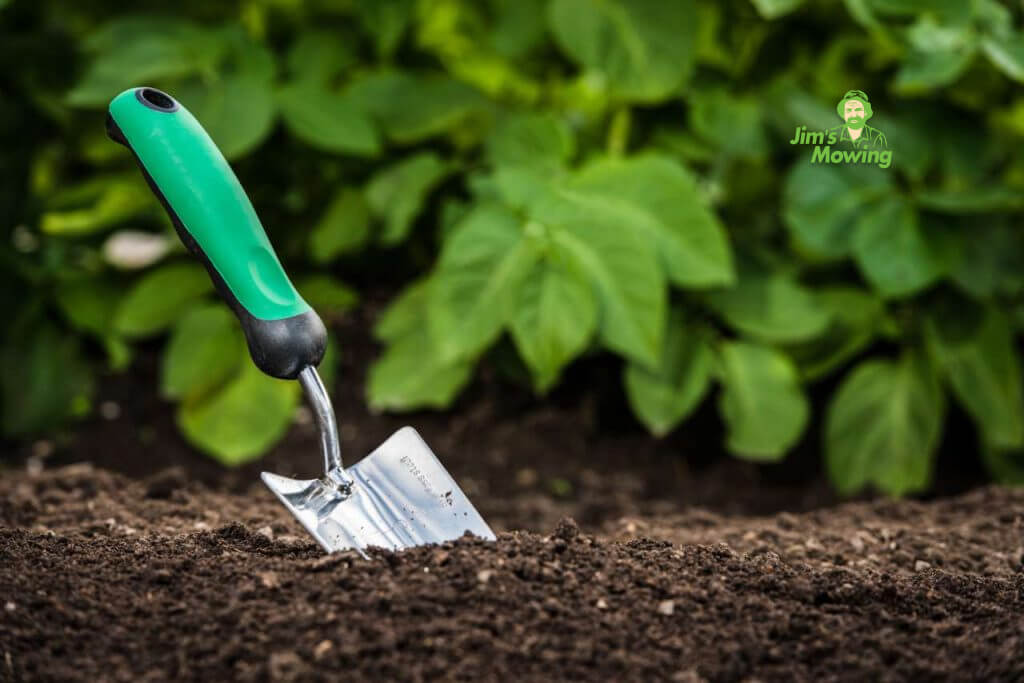
1) Test your soil
 Before you get stuck into your garden, you need to make sure that your soil is conducive for growing plants. For your plants to grow and thrive, your soil must have the right pH level as well as the right amount and quality of micronutrients. You can purchase a soil testing kit or ask a professional gardening service to test the soil for you. Once you know more about your soil, you can improve the quality by adding compost, manure or dried peat moss. Keep in mind that amended soil is lighter, drains well, allows roots to establish themselves quicker, and makes for easy weeding. Knowing your type of soil is also important when it comes to choosing the right plants for your garden.
Before you get stuck into your garden, you need to make sure that your soil is conducive for growing plants. For your plants to grow and thrive, your soil must have the right pH level as well as the right amount and quality of micronutrients. You can purchase a soil testing kit or ask a professional gardening service to test the soil for you. Once you know more about your soil, you can improve the quality by adding compost, manure or dried peat moss. Keep in mind that amended soil is lighter, drains well, allows roots to establish themselves quicker, and makes for easy weeding. Knowing your type of soil is also important when it comes to choosing the right plants for your garden.
2) Choose the right plants
 You can be the most attentive gardener in the world, but if you’ve chosen an unsuitable plant for your garden it will struggle to survive. The plants you choose will depend on the size of your garden, the type of soil you have, and the region your garden is in. Your level of shade and the type of garden you want such as a vegetable garden or a decorative flower garden, will also determine what plants will work best. For example, if you have a smaller and shadier garden, you may want to consider growing native violets or a hydrangea.
You can be the most attentive gardener in the world, but if you’ve chosen an unsuitable plant for your garden it will struggle to survive. The plants you choose will depend on the size of your garden, the type of soil you have, and the region your garden is in. Your level of shade and the type of garden you want such as a vegetable garden or a decorative flower garden, will also determine what plants will work best. For example, if you have a smaller and shadier garden, you may want to consider growing native violets or a hydrangea.
3) Water regularly
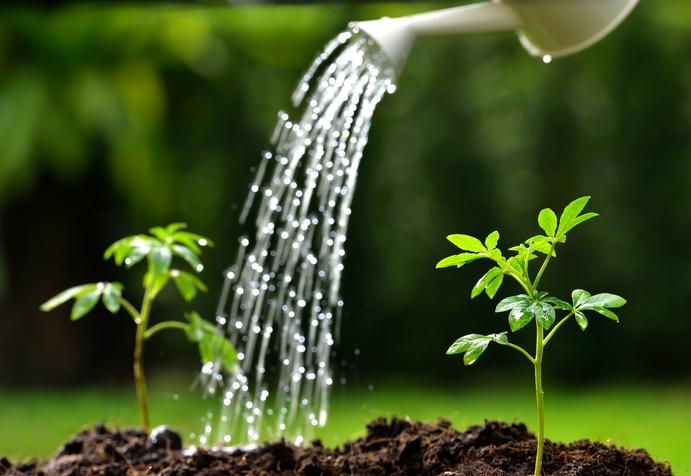 Creating a regular watering schedule is important. As all plants need water to survive, knowing when to water which plants will ensure that you keep your plants happy and healthy. Your plants should list their watering requirements on their tag (which lists their species and other related information), otherwise it’s best to water your garden every ten days to a week. Water more regularly in the hotter months and less in the cooler months. We recommend watering your plants in the morning to avoid water loss and to prevent the plants from drying up. You should also water your plants ‘deeply’, which means ensuring the roots receive water opposed to just the leaves or top soil.
Creating a regular watering schedule is important. As all plants need water to survive, knowing when to water which plants will ensure that you keep your plants happy and healthy. Your plants should list their watering requirements on their tag (which lists their species and other related information), otherwise it’s best to water your garden every ten days to a week. Water more regularly in the hotter months and less in the cooler months. We recommend watering your plants in the morning to avoid water loss and to prevent the plants from drying up. You should also water your plants ‘deeply’, which means ensuring the roots receive water opposed to just the leaves or top soil.
4) Identify weeds and pests
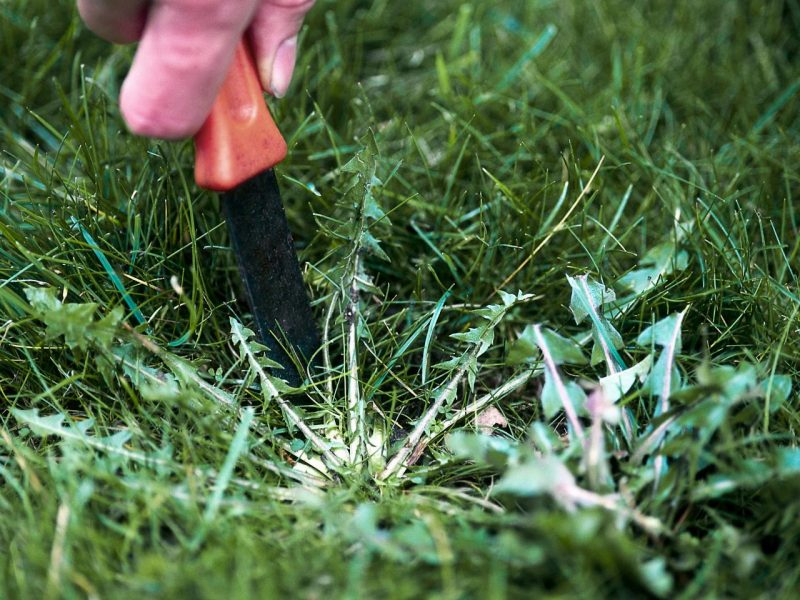 Weeds and pests love making their home in your garden, especially if it is thriving. Cudweed, dandelion, bindii, clover, and creeping oxalis are some of the most common invasive weeds you can find in Australia. Prevention is key when controlling weeds, as looking the other way will quickly lead to them taking over your garden. To prevent any of these weeds from invading your garden, whenever you see one, pull it out from the moist soil. Ensure you remove the whole plant, including its roots. If you already have a weed invasion, cover the weeds with black plastic, tarpaulin, or newspapers for at least 15 days so that they don’t get any sunlight, oxygen and water and eventually die.
Weeds and pests love making their home in your garden, especially if it is thriving. Cudweed, dandelion, bindii, clover, and creeping oxalis are some of the most common invasive weeds you can find in Australia. Prevention is key when controlling weeds, as looking the other way will quickly lead to them taking over your garden. To prevent any of these weeds from invading your garden, whenever you see one, pull it out from the moist soil. Ensure you remove the whole plant, including its roots. If you already have a weed invasion, cover the weeds with black plastic, tarpaulin, or newspapers for at least 15 days so that they don’t get any sunlight, oxygen and water and eventually die.
 The same rules apply with pests – prevent and early action are key. Although they are small, caterpillar worms, beetles, slugs, and aphids can easily and quickly destroy your precious plants. However, make sure you are only treating the insects you don’t want in your garden. Some simple DIY pest control tips include placing saucers of beer around as bait for slugs and snails and applying crushed tomato leaf or garlic spray on stems and leaves to control aphids. You can also purchase specialised pest control products from gardening or hardware stores.
The same rules apply with pests – prevent and early action are key. Although they are small, caterpillar worms, beetles, slugs, and aphids can easily and quickly destroy your precious plants. However, make sure you are only treating the insects you don’t want in your garden. Some simple DIY pest control tips include placing saucers of beer around as bait for slugs and snails and applying crushed tomato leaf or garlic spray on stems and leaves to control aphids. You can also purchase specialised pest control products from gardening or hardware stores.
5) Perform regular maintenance
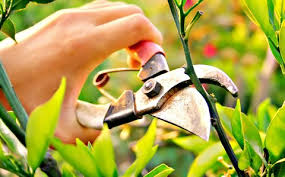 To ensure your garden is looking beautiful year-round, you will need to perform regular maintenance. This includes regular mulching, repotting plants when needed, and pruning. Pruning a plant makes it healthier and controllable. In addition, you can give it the shape you want by trying different pruning techniques. You don’t have to use a motor-powered tool every time you trim; removing a few centimetres off the plant, which is called pinch pruning, can do wonders for your plants. Spend the time every month or so to closely monitor your garden and address any issues such as under or overwatering.
To ensure your garden is looking beautiful year-round, you will need to perform regular maintenance. This includes regular mulching, repotting plants when needed, and pruning. Pruning a plant makes it healthier and controllable. In addition, you can give it the shape you want by trying different pruning techniques. You don’t have to use a motor-powered tool every time you trim; removing a few centimetres off the plant, which is called pinch pruning, can do wonders for your plants. Spend the time every month or so to closely monitor your garden and address any issues such as under or overwatering.
Want more gardening advice?
Whether you’re a beginner or already a pro at gardening, sticking to tried-and-tested techniques and tips and trying new proven effective hacks and tricks can help you get the healthy, lush garden you’ve always wanted. However, we understand you don’t also have the right expertise or time to know how to transform your garden from surviving to thriving. Our gardening services can ensure that your garden is happy and healthy, addressing all of its unique needs with a regular or even just a one-off service!
For all of your gardening requirements, call Jim’s Mowing on 131 546 or book online for your free, no-obligation quote today!

